Romania has a privileged place in terms of visibility at La Biennale di Venezia (Venice Biennale), Romanian Culture Minister Bogdan Gheorghiu said on Tuesday.
"Here, I have two arguments. One would be the visitor inflow, which is a huge one. For instance, last year over 600,000 people visited the Arts Biennale, and two years ago, almost 300,000 persons visited the Architecture Biennale. We are the only state that has two exhibition areas at the Biennale: Romania's Pavilion, bought and built with personal efforts by Nicolae Iorga, in 1940, and the New Gallery of the Romanian Institute of Culture and Humanistic Research of Venice," Gheorghiu said at the National Library.
The Culture Minister participated in the press conference devoted to the presentation of the Fading Borders project, designated as the winner of the national contest for Romania's representation in the 17th edition of the International Architecture Exhibition - La Biennale di Venezia.
He noted that "each time, Romania's projects have been well thought by their authors, well chosen by the contest juries, closely monitored by Commissioner Attila Kim and well received by the critics and the wide public."
"This year, the Culture Ministry has worked closely with the Romanian Cultural Institute, the Foreign Affairs Ministry and the Union of Romanian Architects, to make sure that the project that will represent us for six months will be supported both institutionally and financially," the minister pointed out.
He brought to mind in context the increase in the financial aid of the ministry for this project.
Interim head of the Romanian Cultural Institute (ICR) Mirel Talos showed that this year as well ICR is a partner at the Architecture Biennale "through several support corridors."
"We have also enhanced our funding to 200,000 lei. This does not include the costs from the ICR Venice budget that are allotted to the Biennale, only those earmarked directly from Bucharest. We have supported, through honoraria, the jury of this Biennale, we support promotion on the spot, the accommodation of the artists and other logistics matters," Talos said.
He highlighted the advantage Romania has through the existence of the exhibition space within ICR Venice's New Gallery. "It is a preview of what happens in the actual pavilion and we believe that we are truly making a notable difference through this," Mirel Talos mentioned.
In turn, chair of the Union of Romanian Architects Ileana Tureanu maintained that "in Venice we do not deal with a competition of architecture projects, but with the largest worldwide debate about acute problems humankind is facing." "Therefore, each comes with a point of view. For six months there is an opinion exchange, there are debates, exhibitions are mounted, press conferences are held and each one comes with the opinion of his or her country," Tureanu said.
The architect voiced her optimism in respect to the project presented by the Romanian team. "I believe that the pavilion you will make will truly represent Romania and, regardless of the final result, it must show that there is an energy here that we support and wish for. I have the entire confidence that this year will turn out very well," Ileana Tureanu added.
Architects Irina Melita and Stefan Simion, authors of the Fading Borders project, and architect Ilinca Paun Constantinescu, representative of the Shrinking cities in Romania project, presented the characteristics of the Romanian proposal.
"The answer to the Biennale theme 'How will we live together?' seemed obvious, because it is clear that this migration phenomenon will grow, which does not only represent Romania. Moreover, we don't want this phenomenon to be seen just from Romania's point of view. Of course Romania is entitled to ask itself this question, however what we wish for, and this is what I would like to emphasise besides this mirror brought by the two projects that we shall present at the Pavilion, what we want is to open an international discussion between architects and urban planners, but not only, about this migration phenomenon on a global and European level and this mirrored phenomenon of the shrinking cities," Irina Melita said.
The Fading Borders project responds to the theme of the 17th edition of the Architecture Biennale - 'How will we live together?', having chosen as topic the over 3.4 million citizens who left Romania in the period 2007 - 2019. It documents this reality bringing together two research projects: Gone - which analyses the complex phenomenon of the Romanian emigrants living within various local communities in Europe, and Shrinking Cities - which talks about the decline and contraction of Romanian cities, seen as a wide phenomenon.
The Architecture Biennale of Venice is a prestigious international event illustrating a wide cultural dialogue among the world's countries. This year's edition takes place 23 May - 29 November.
The organisers of Romania's representation to this event are: the Culture Ministry, the Foreign Affairs Ministry, the Romanian Cultural Institute and the Union of Romanian Architects.
CultMin Gheorghiu on Romania's participating in Venice Biennale: Romania has a privileged place
Articole Similare

11
Number of dissolved companies increases by 26.23% in the first 11 months of 2025
11

15
Revenues of almost 7 mln euros for Romsilva in 11 months
15

15
As many as 6,995 available jobs in Bucharest, between December 24 - 31, 2025
15
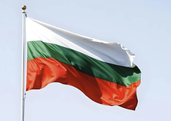
16
MAE/Travel warning: Bulgaria, temporary restriction of traffic of vehicles over 12 tons between December 24 and January 4
16
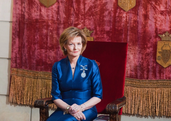
24
HM Margareta: I have confidence in the Romanian nation and its strength to move forward
24

12
National Institute of Public Health announces first death due to flu: 88-year-old woman from Cluj
12
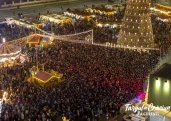
20
'Silent Night' - extraordinary concert on Christmas Eve, in Constitution Square
20

20
CSM sends partial results of questionnaire regarding justice to President, Government and Justice Ministry
20

15
Euro trades at 5.0890 RON
15

17
Romanian-Turkish consortium to supervise works on Section 1C Sarateni-Joseni of Unirii Motorway
17

11
Health Ministry: Increased flu activity reported; recommendations for prevention and limiting illness
11

18
Patriarch Daniel sends Christmas letter to His Holiness Bartholomew: We wish you to stay in good health
18

12
Archbishop-Metropolitan Aurel Perca - Christmas Pastoral: World without God sinks into darkness, confusion, selfishness
12







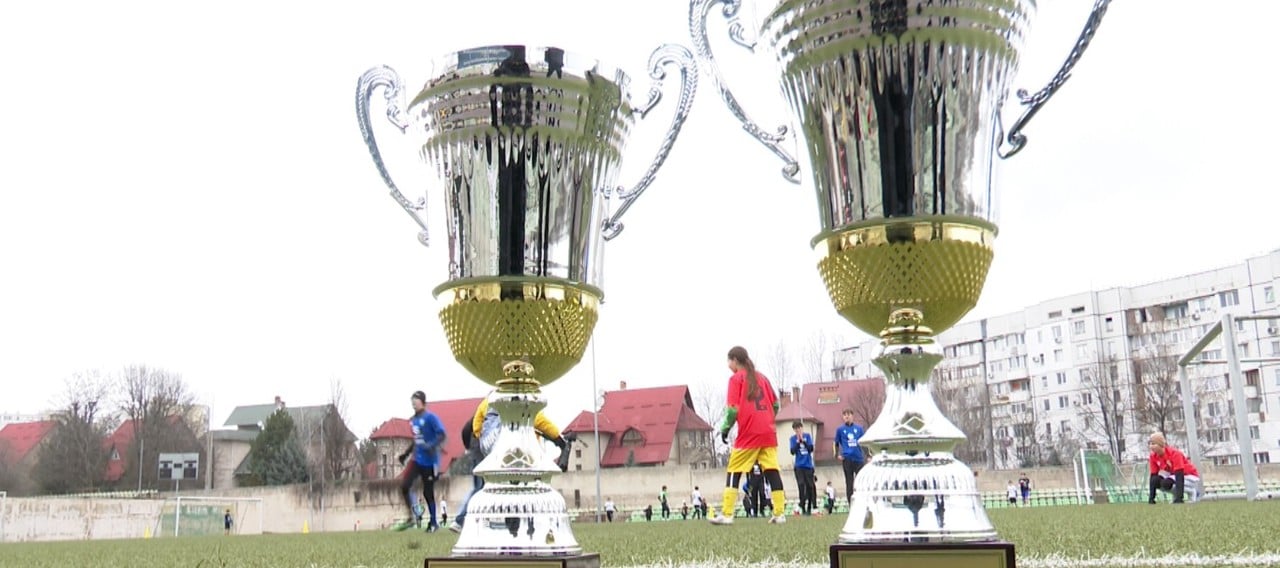









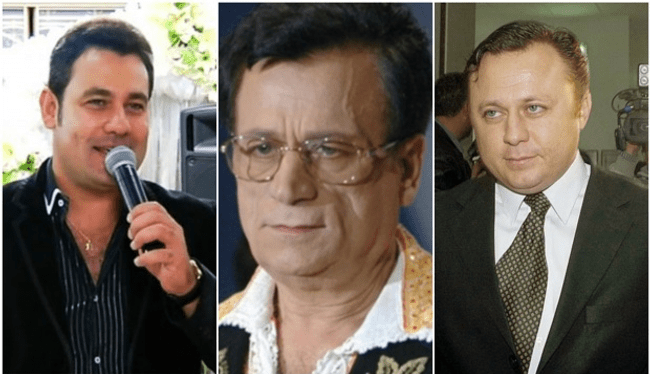
Comentează